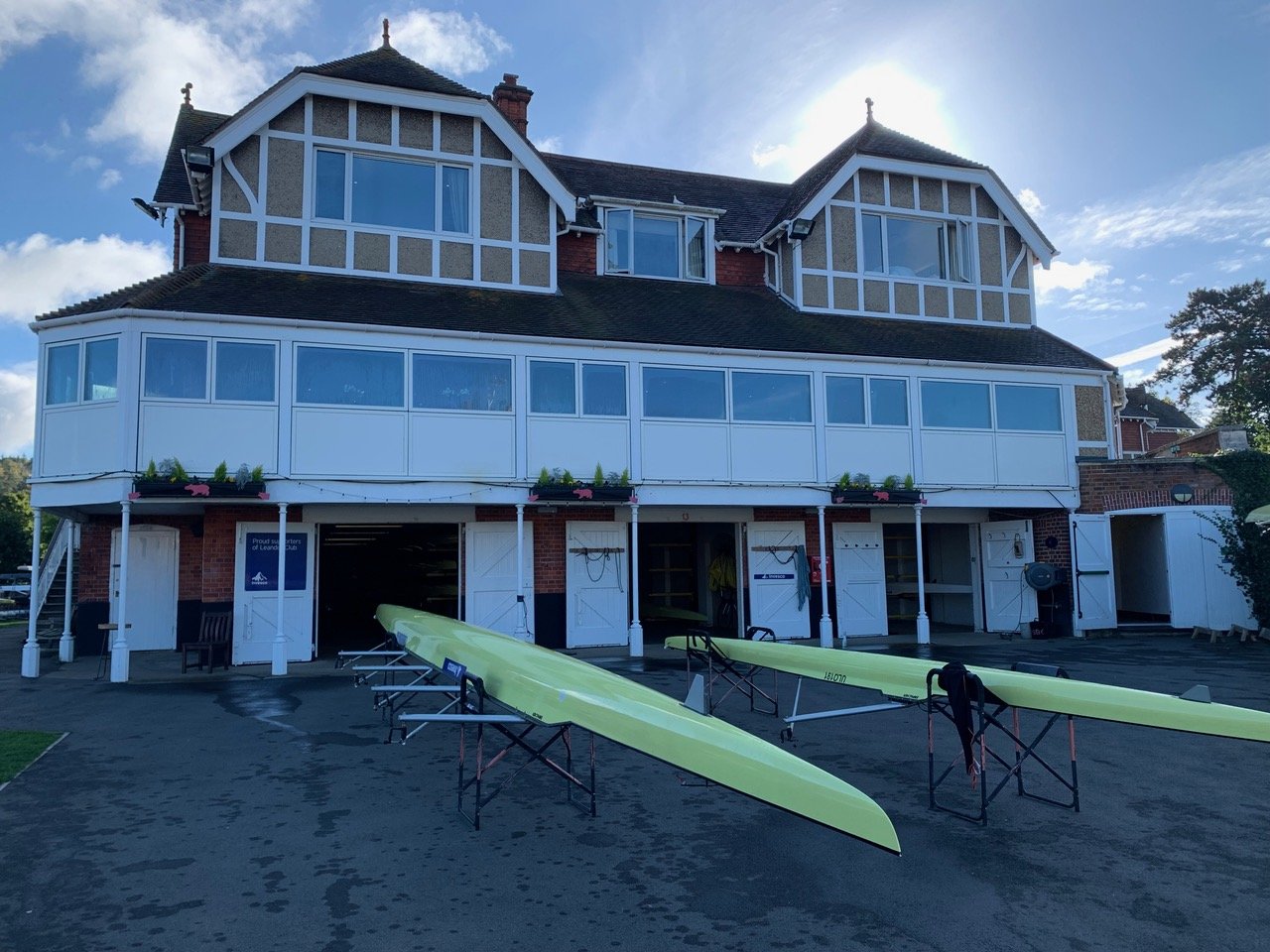Doing my research
Before I can get started on replicating the Leander trophy oar from 1891, I have quite a bit of research to do. This starts with the original colour of the oar.
These days the club rows with pink oars (officially “cerise”) but the colour has varied over time. The club history refers to the oars in the 19th century variously being described as “scarlet”, "light crimson”, or “red”. That’s a long way from pink!
This Leander oar from 1898 is a different shade, and clearly not as deteriorated, but still obviously not in original condition, so I went on the hunt to see what I could find.
After considerable digging I unearthed this 1900 Leander trophy oar, which was sold at auction a few years ago, and which was in excellent condition.
What is really exciting is that the lettering is done in exactly the same style as the 1891 oar, which means it was done by the same painter. That means the original colour of both would have been the same. So, now I can have an oil based enamel paint mixed to exactly this shade.
The other thing I have determined is that the 1891 oar was originally gilded with gold leaf, rather than being painted with gold paint. After all these years it can be hard to tell. The 19891 oar doesn’t have the “lustre” associated with gold leaf, but would more likely to do with the fact more than a couple of years have gone by.
I looked carefully at some other trophy oars from the 1890s, and some displayed paint cracking on the lettering, and others did not. The ones that showed cracking were also very discoloured. Gold leaf stands the test of time better, often outlasting well beyond the failure of the pain beneath.
So gold leaf it is. That’s great by me, because gilding is my great strength.
Next post, I’ll talk about finding a physical replica for a 130 year old oar!
My first historic commission
I have been given my first historic trophy oar commission. I have been asked to replicate this 1891 Leander Club trophy oar commemorating the club’s win in the Grand at Henley Royal Regatta that year.
The oar is located in the library of Leander Club in Henley-on-Thames. For those of you who don’t know, Leander Club is the fourth oldest competitive rowing club in the world (the only older ones being Brasenose College, Jesus College and Christ Church, all at Oxford University). Leander was founded in 1818 in London. In 1897 the club moved to its current site at Henley-on-Thames, opposite what was then the finishing line of the regatta.
Leander is arguably the world’s most prestigious rowing club, with membership by election only for those who have achieved significant “proficiency in oarsmanship” (such as rowing the Boat Race or an Olympics, or making a final at Henley Royal Regatta), or for “distinguished services to rowing”. Since 1908 its members have won over 200 Olympic medals!
So, it is quite an honour to get this commission. It will also be quite a challenge. There will be a lot of research before I can get started, which I shall discuss in the my next blog.



